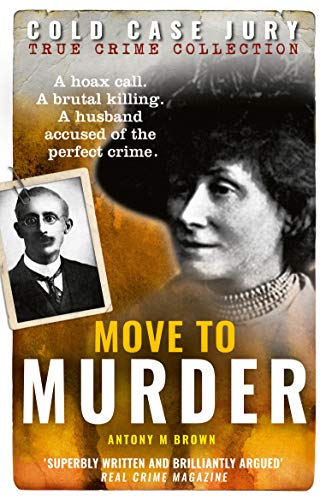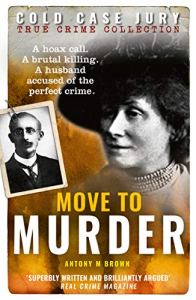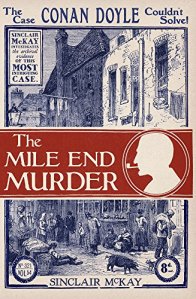 Non-Fiction
Non-Fiction5*s
I had high hopes for this book after all what self-respecting crime fiction lover with a strong interest in women’s history could resist. This book more than surpassed those high expectations, so much so that despite having other books to review (a whole stack of them) I couldn’t wait to share this one.
Maud West was good at self-promotion. She advertised in the press and submitted to interviews telling of her daring deeds both close to home and in far flung places. She dealt with blackmail, drugs and divorce cases from an office in Albion Place, opposite the British Museum in London.
Susannah Stapeton is interested in Maud West’s daring deeds, although right from the start she takes them with a hefty pinch of salt, for some reason doubting the gun toting spinster really had quite so much excitement when she set up her detective agency back in 1905. But what the author is more interested in is the woman behind the public face. So she goes a searching in the archives:
‘The age was off by a few years, but she undeniably showed the right amount of pluck. Besides, who better to catch villains than a former master criminal?’
This is a book that manages to balance a flavour of the reality of Maud West’s life as a ‘lady detective’ whilst providing the reader with a picture of life from the start of her detective work up to the outbreak of the second world war. While Maud West proclaims on her shadowing for divorce work, the author provides us with some real life examples of cases that were reported at the time emphasising the points of law that were required to secure a break from an unhappy life. We take in Maud’s skill at disguise, we take a trip to drug manufacture and its use in the 1920s, we touch on suffragette movement and the romance frauds more easily committed due to the large imbalance of women to men following the first world war. It’s fair to say we get a taster of so much social history set against an investigation into the private face of the public lady detective.
‘In fiction the woman detective is always young and fascinating; her skill in handling delicate situation and in solving the most puzzling mysteries arouses admiration. She is fearless and knows how to handle an automatic pistol. Prepare to be astonished: greet one in real life!’
I am hard pushed to decide which part I enjoyed more because hearing how Susannah Stapleton tracked down the ‘real’ Maud West was equally fascinating and will be of interest I’m sure to anyone who has dabbled in genealogy because here we have the author making the similar leaps and links, not all successful, that is required to get to the truth. I was honestly just as thrilled watching the author wondering about those other people living cheek to jowl on census night and putting their names to one side, and then seeing why they were there many pages further on. The style might not be to everyone’s taste but for me I found it leant an air of realism to the research is usually hidden from the reader.
One of the great problems with reviewing this non-fiction book that concentrates on a less than well-known subject is that there is little I can say because in a sense this is a detective novel in its own right and I would have been gutted if I’d had even an inkling of some of the information I discovered whilst reading it. I can say that there are some aspects of ‘real-life’ incredibly pleasing such as finding that Hawley Harvey Crippin worked from the same building as Maud West and it was here that Inspector Dew first interviewed him.
This style wouldn’t have worked as well had the author not adopted a light touch in terms of writing style. Whilst not a laugh out loud level of looking on the wry side of life…
‘… however it ended – Maud was plainly better off out of it. George Stafford Howell was a chancer. He admitted to the judge that he dropped the ‘Howell’ from his name when it suited him, and his business enterprises all seemed doomed to failure.’
So in short, if you want a non-fiction book with a difference then don’t miss out on this gem.
I am extremely grateful to the publishers Pan Macmillan for providing me with an advance copy of The Adventures of Maud West, Lady Detective, and of course to Susannah Stapleton for bringing this previously unheard lady detective to my attention. This unbiased review is my thanks to them.
This book encapsulates why I love reading; to be educated and entertained at the same time is a pleasure indeed and so it is fitting that this was the first of my 20 Books for Summer 2019 Challenge!
First Published UK: 13 June 2019
Publisher: Pan Macmillan
No. of Pages: 320
Genre: Non-Fiction
Amazon UK
Amazon US




















